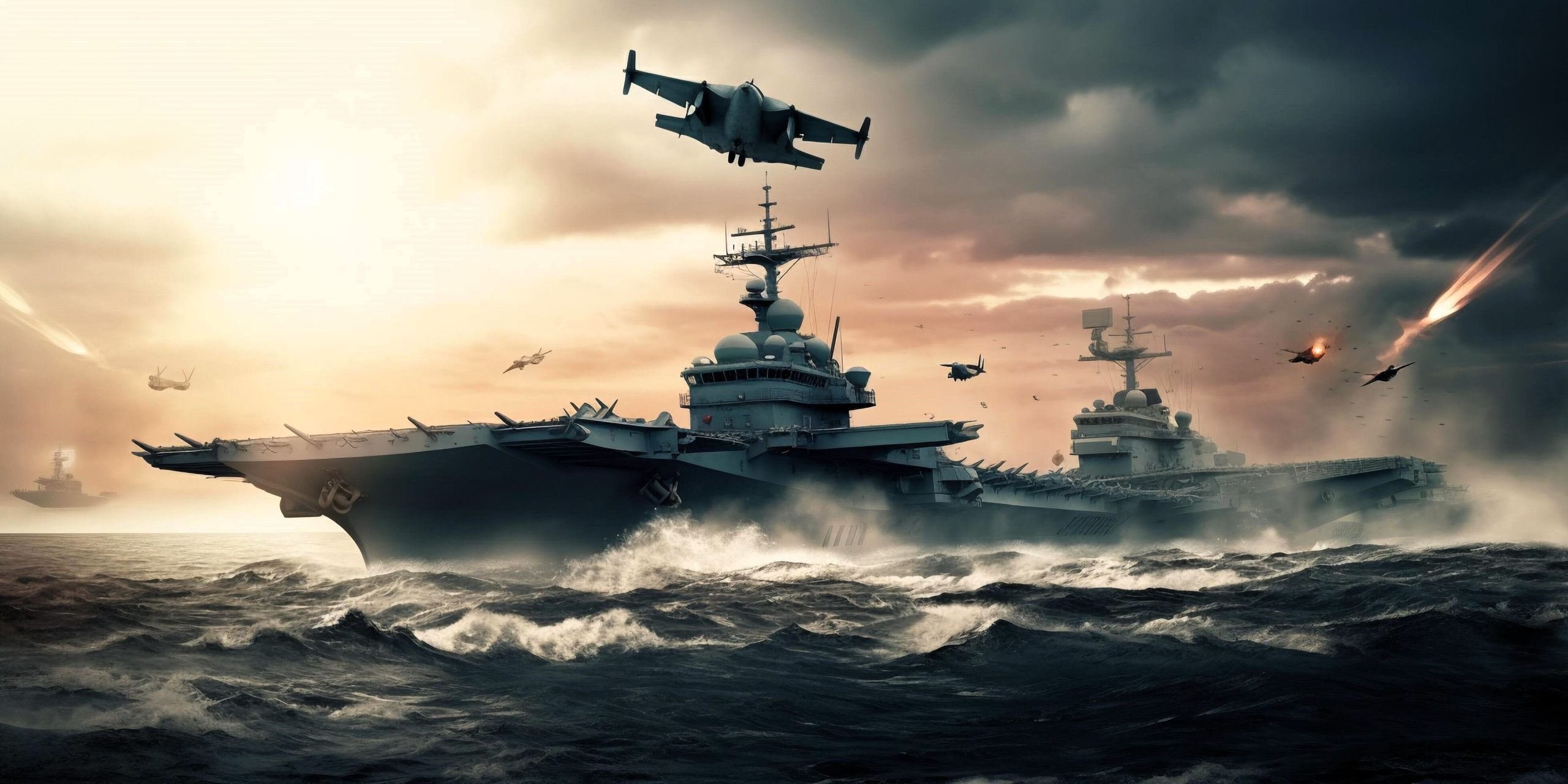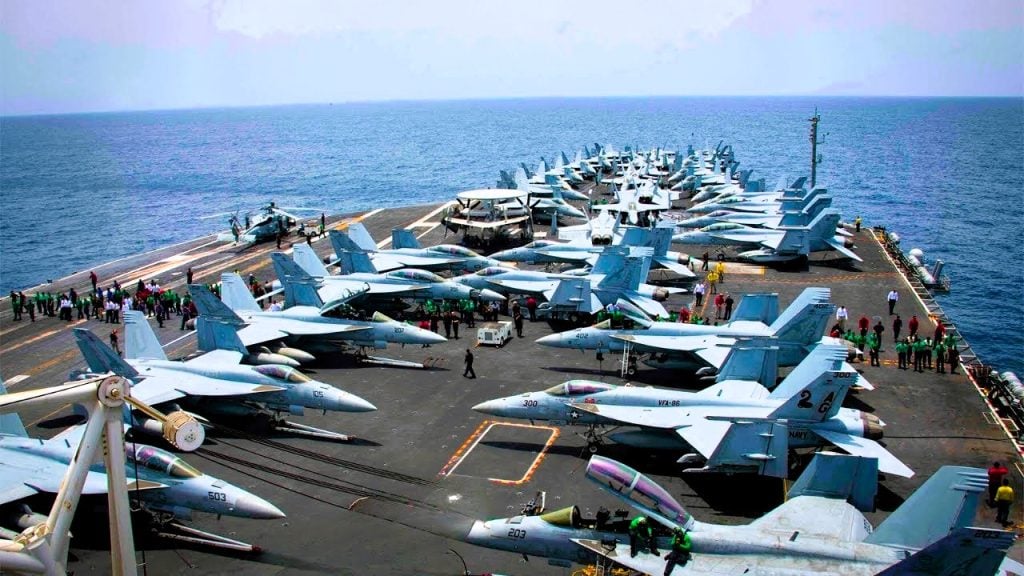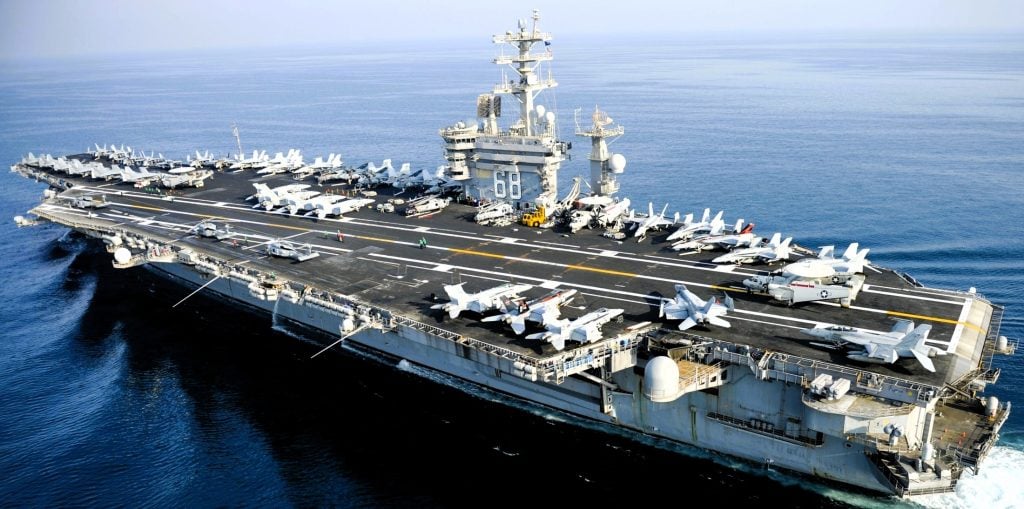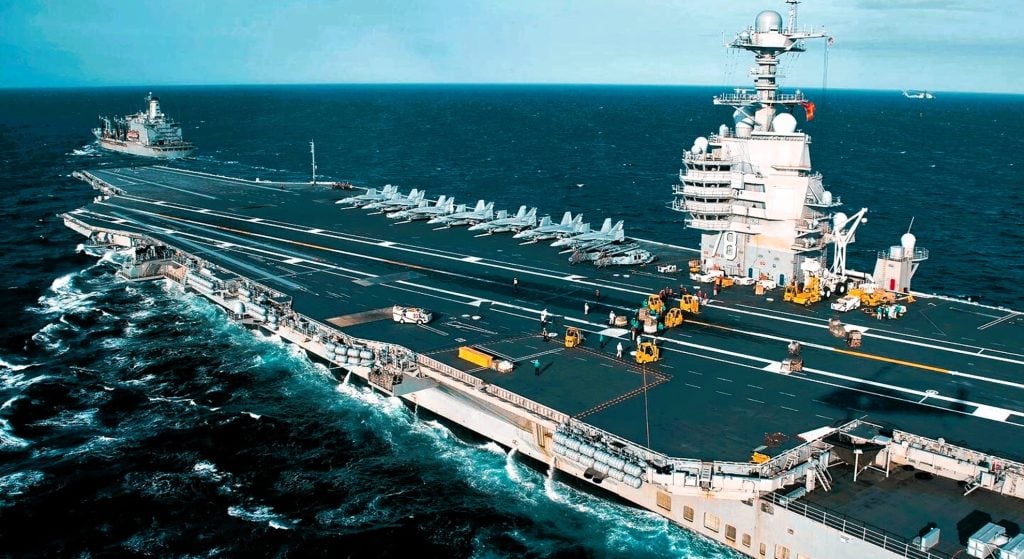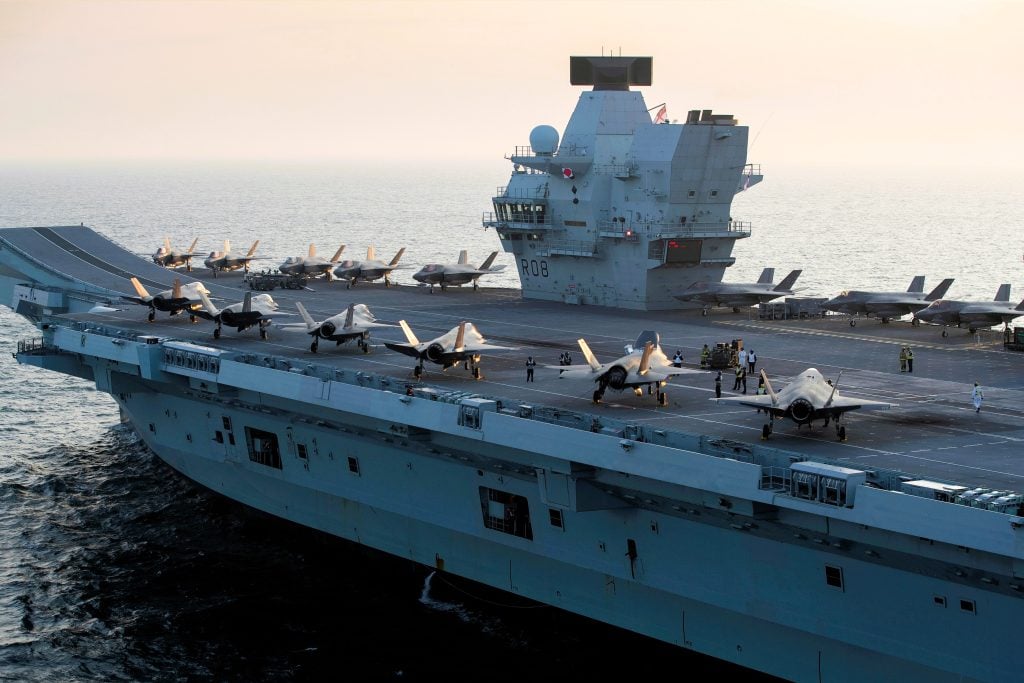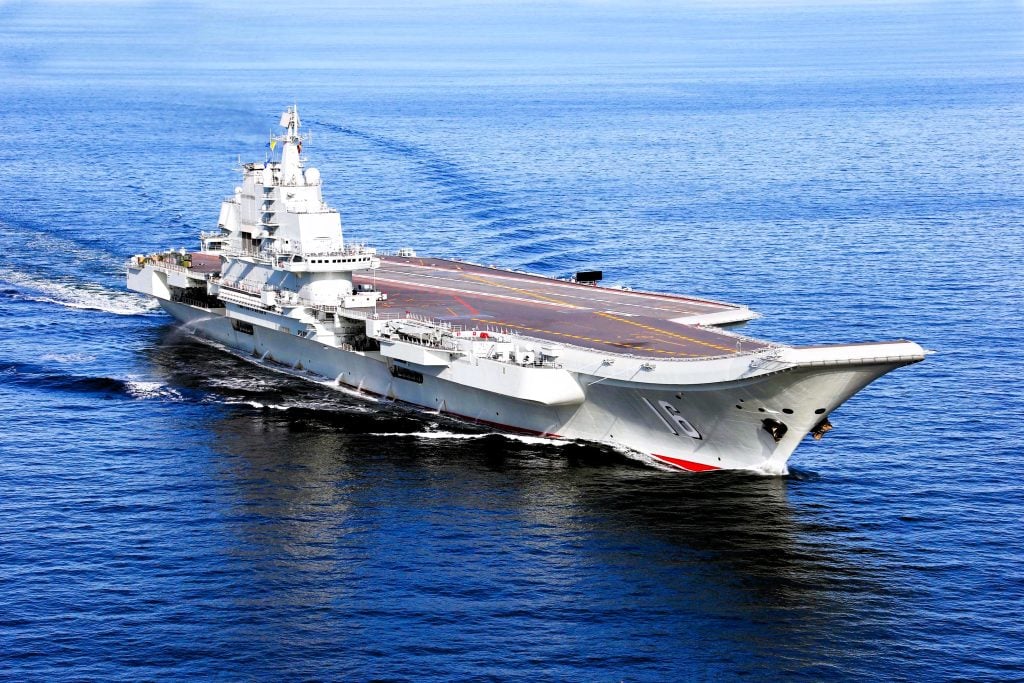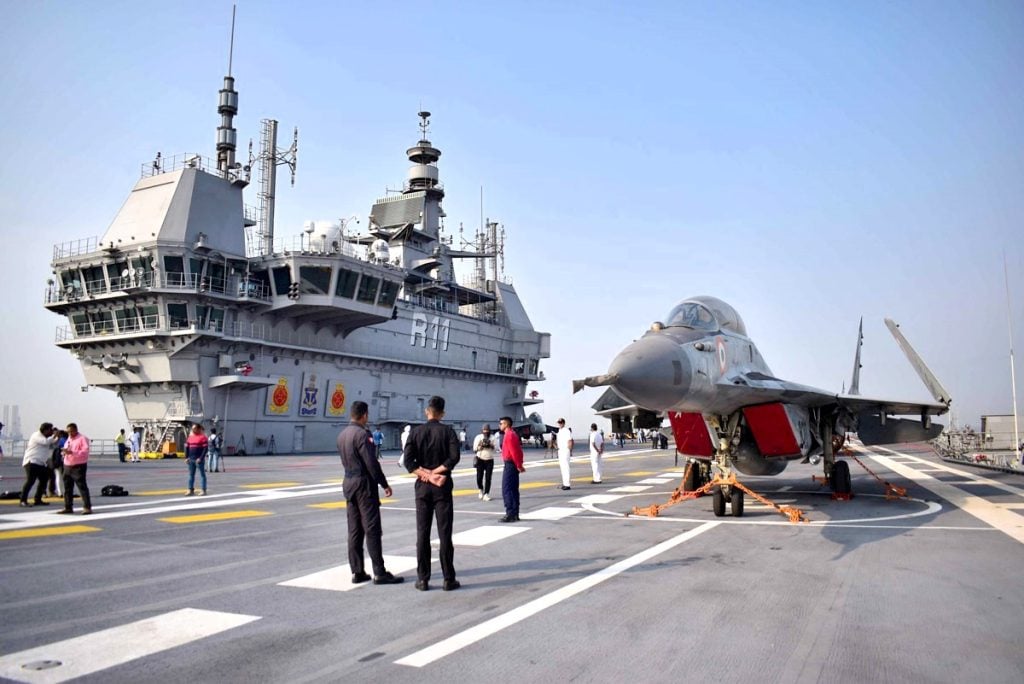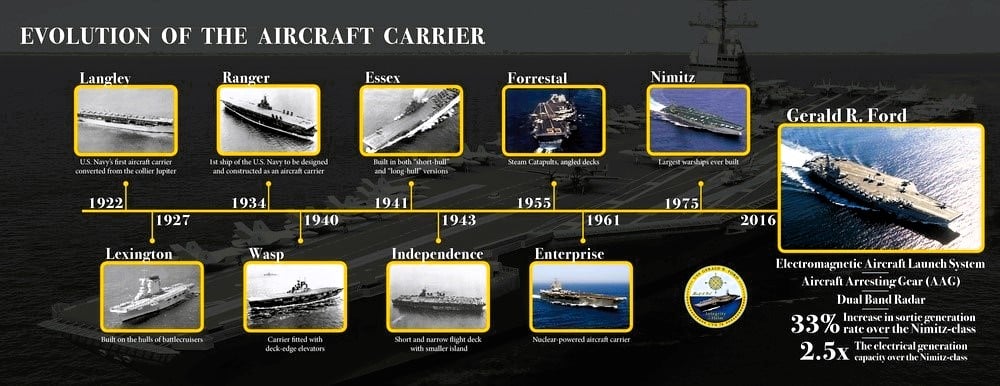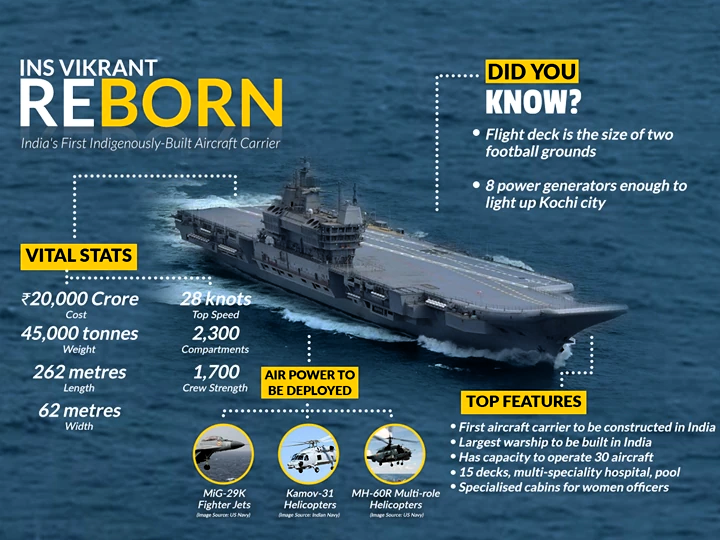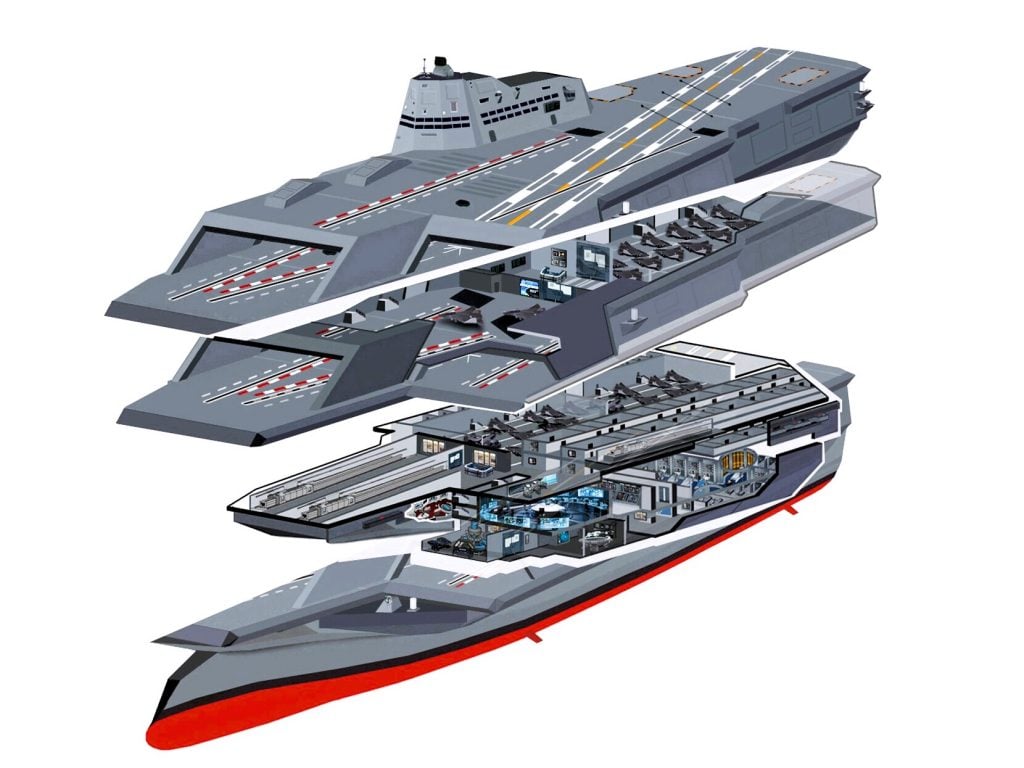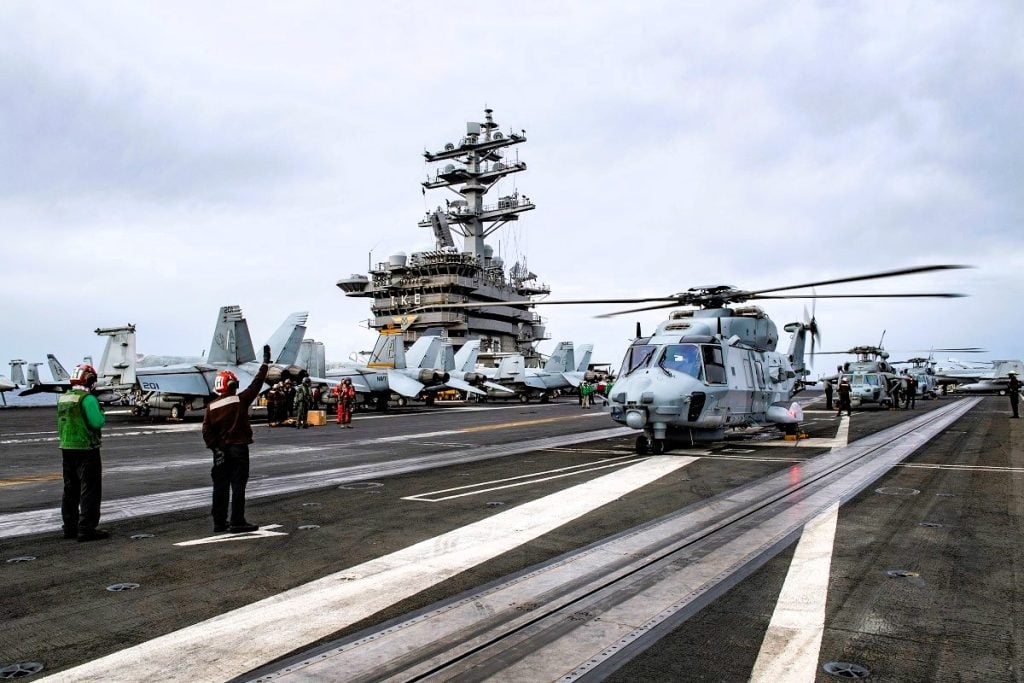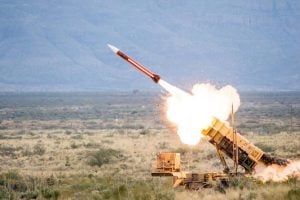Aircraft carriers are the epitome of modern naval warfare, serving as formidable mobile bases for a vast array of military aircraft. These colossal vessels, measuring hundreds of feet in length and displacing tens of thousands of tons, are designed to project power and air superiority across the world’s oceans. But just How Many Planes Can an Aircraft Carrier Carry? In this comprehensive article, we will delve into the fascinating details of aircraft carrier capacities, exploring the capabilities of some of the world’s most impressive naval assets.
Are Pilots Allowed to Carry Guns?
The Staggering Dimensions of Aircraft Carriers
To fully appreciate the sheer scale of aircraft carriers, it’s important to consider their immense physical proportions. The largest aircraft carrier in the world, the USS Gerald R. Ford, measures a staggering 1,092 feet in length and stands nearly 250 feet tall, with 25 decks. This behemoth of a vessel displaces over 100,000 tons, making it one of the most massive warships ever constructed.
Not to be outdone, the British Royal Navy’s HMS Queen Elizabeth, the pride of the fleet, measures 932 feet in length and displaces an impressive 65,000 tons. These colossal dimensions are a testament to the engineering prowess and technological advancements that have gone into the design and construction of modern aircraft carriers.
The Nimitz-Class Carriers
For decades, the Nimitz-class aircraft carriers operated by the United States Navy have set the global standard for sheer size and capability. Powered by twin nuclear reactors, these behemoths can reach speeds exceeding 30 knots and boast virtually unlimited range, thanks to their self-sustaining nuclear propulsion systems.
A typical Nimitz-class carrier can accommodate a formidable air wing, including up to 24 F/A-18C Hornets, 24 F/A-18E/F Super Hornets, 4-5 E/A-18G Growler electronic warfare aircraft, 4 E-2D Hawkeye airborne early warning planes, 2 C-2 Greyhound transport aircraft, and as many as 6 Seahawk helicopters. This diverse and capable air wing allows Nimitz-class carriers to perform a wide range of missions, from air superiority and strike operations to airborne early warning and logistics support.
The USS Gerald R. Ford
While the Nimitz-class has long been the benchmark for American aircraft carrier design, the latest and greatest is the USS Gerald R. Ford, commissioned in 2017. This cutting-edge vessel can accommodate an even larger air wing, with the capacity to carry up to 75-80 aircraft, depending on their size and configuration.
The sheer scale and power of the USS Gerald R. Ford are truly awe-inspiring. With its state-of-the-art electromagnetic aircraft launch system (EMALS) and advanced arresting gear, the Ford-class carriers can launch and recover a wider variety of aircraft with greater efficiency and flexibility than their predecessors. This technological edge allows the USS Gerald R. Ford to project unparalleled air power across the globe.
Rivals on the High Seas
While the United States dominates the global aircraft carrier landscape, other world powers have also invested heavily in these formidable naval assets. The HMS Queen Elizabeth, for example, can carry up to 72 aircraft, making it a formidable rival to the USS Gerald R. Ford.
Russia’s Admiral Kuznetsov and China’s Liaoning, each measuring 985 feet in length, can accommodate approximately 50 aircraft. Although these carriers lag behind the cutting-edge capabilities of the American and British vessels, they nonetheless represent significant investments in naval power and the ability to project air superiority.
France’s Charles de Gaulle, the largest aircraft carrier in Western Europe, is the only nuclear-powered carrier in service outside of the United States. This impressive vessel can carry up to 40 aircraft, showcasing the technological prowess of the French military.
The Smaller Players
Not all aircraft carriers are created equal, and some nations have opted for more modest-sized vessels to suit their specific strategic needs. India’s INS Vikramaditya, a modified Kiev-class carrier acquired from Russia, can accommodate up to 30 aircraft, despite its impressive length of 928 feet.
At the smaller end of the spectrum, Thailand’s Chakri Naruebet, measuring just 597 feet in length and displacing 11,400 tons, can carry a mere 10 aircraft. This compact carrier serves as a reminder that not all naval powers require the massive, globe-spanning capabilities of the world’s largest aircraft carriers.
10 Top Bomber Planes in the World
The Evolution of Aircraft Carrier Design
The rapid technological advancements in aircraft carrier design have been driven by the ever-changing demands of modern warfare. From the steam-powered catapults of the past to the cutting-edge electromagnetic launch systems of today, the engineering behind these floating airfields has continuously evolved to meet the needs of military aviation.
The introduction of nuclear propulsion, for example, has revolutionized the capabilities of aircraft carriers, allowing them to maintain sustained operations without the need for frequent refueling. This, in turn, has enabled carriers to project power and influence across vast distances, becoming true global assets in the modern military landscape.
The Importance of Aircraft Carrier Capacity
The capacity of an aircraft carrier to accommodate a large and diverse air wing is a critical factor in its overall effectiveness. The more aircraft a carrier can carry, the greater its ability to conduct a wide range of missions, from air superiority and strike operations to airborne early warning and logistics support.
This flexibility and versatility are essential in today’s complex and rapidly changing geopolitical environment. Aircraft carriers, with their unparalleled mobility and firepower, can serve as pivotal instruments of national defense, deterrence, and power projection, allowing nations to assert their global influence and protect their interests.
The Future of Aircraft Carrier Design
As the world’s militaries continue to push the boundaries of technological innovation, the future of aircraft carrier design promises even more impressive capabilities. Concepts such as the development of electromagnetic aircraft launch systems, advanced radar and sensor suites, and the integration of unmanned aerial vehicles (UAVs) are just a few of the advancements that may shape the next generation of these formidable naval assets.
The ongoing competition between the world’s leading military powers to develop ever-larger and more capable aircraft carriers is a testament to the strategic importance of these floating airfields. As nations vie for dominance on the global stage, the race to build the biggest and most advanced aircraft carriers will undoubtedly continue, with each new generation pushing the limits of what is possible.
The Versatility of Aircraft Carriers
Beyond their primary role as mobile air bases, aircraft carriers have evolved to serve a wide range of functions in modern naval warfare. These vessels can be deployed for a variety of missions, from power projection and deterrence to humanitarian assistance and disaster relief.
The sheer size and scale of aircraft carriers allow them to accommodate not only combat aircraft but also a range of support and logistics personnel, equipment, and supplies. This versatility makes them invaluable assets in the modern military landscape, capable of responding to a wide array of contingencies and emerging threats.
The Geopolitical Significance of Aircraft Carriers
The possession and deployment of aircraft carriers are not merely a matter of military might; they also carry significant geopolitical implications. Nations that can field these formidable naval assets demonstrate their ability to project power and influence across the globe, often serving as a symbol of their global reach and strategic importance.
The United States, with its unparalleled fleet of aircraft carriers, has leveraged these assets to maintain its position as the world’s preeminent military superpower. Similarly, the emergence of new aircraft carrier-owning nations, such as China and India, reflects their growing ambitions and aspirations to assert their influence on the world stage.
8 Top Police Force in the World 2024
Conclusion
The aircraft carrier, a marvel of modern engineering and military might, has evolved into one of the most potent symbols of global power and influence. From the massive USS Gerald R. Ford to the more modest Chakri Naruebet, these floating airfields demonstrate the incredible diversity and capabilities of these naval assets.
As the world’s militaries continue to push the boundaries of aircraft carrier design and technology, the race to build the biggest and most advanced vessels will undoubtedly continue. The ability to accommodate and deploy a vast array of aircraft, from fighter jets to transport planes and helicopters, is a testament to the sheer scale and versatility of these maritime giants.
Whether serving as instruments of national defense, power projection, or humanitarian assistance, aircraft carriers remain at the forefront of modern naval warfare, symbolizing the technological prowess and global ambitions of the nations that possess them.
FAQs
1. How many planes can an aircraft carrier hold below deck?
Below the deck, these ships accommodate up to 80 aircraft, house 6,250 personnel, include 2 nuclear reactors, and store all necessary supplies for deployments lasting several months.
2. How many planes does an aircraft carrier hold?
Usually, a Ford-class carrier can accommodate 75 aircraft, with a significant number being fighter jets. While the carrier has the capacity for over 90 aircraft, this exceeds standard operating procedures.
3. Which country has the most aircraft carriers?
U.S
4. What is the largest aircraft carrier in the world?
The largest aircraft carrier in the world is the USS Gerald R. Ford, which can accommodate up to 75-80 aircraft depending on their size and configuration.
5. What is the largest aircraft carrier operated by a country other than the United States?
The largest aircraft carrier operated by a country other than the United States is the British Royal Navy’s HMS Queen Elizabeth, which can carry up to 72 aircraft.
